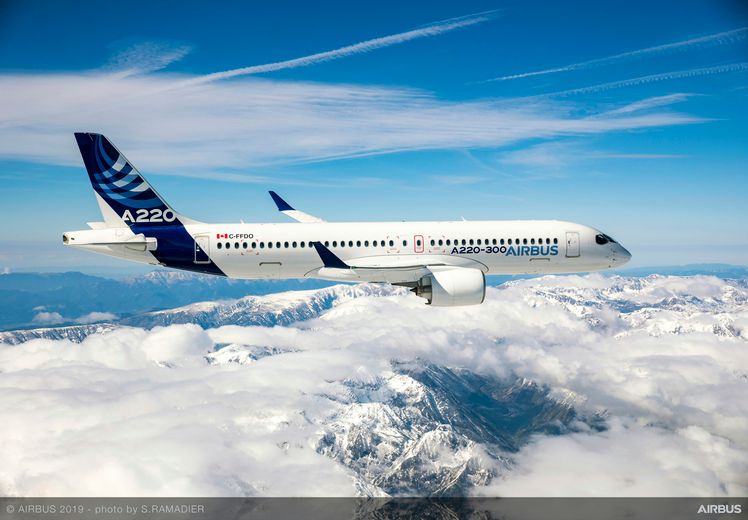
The marvels of space exploration continue to captivate humanity, pushing the boundaries of technology and innovation. Among the many tools that astronauts rely on for successful missions, lighting plays a pivotal yet often overlooked role. Astronaut light—a carefully engineered lighting solution—is revolutionizing space exploration, offering benefits that enhance both vision and mission efficiency. This article explores how astronaut light optimizes activities in the demanding environment of outer space.
Vision in Outer Space
With the absence of atmosphere in space, there is no natural source of light to guide astronauts. As a result, artificial lighting is crucial for all activities within spacecrafts and during extravehicular activities (EVAs). However, traditional lighting systems used in spacecrafts have limitations that can compromise vision and efficiency.
Challenges with Traditional Lighting Systems
One major challenge with traditional lighting systems is glare. In an environment where every surface reflects light, excessive glare can cause discomfort and hinder visual acuity. Moreover, fixed light sources create harsh shadows which make it difficult for astronauts to see objects clearly or judge distances accurately.
Another significant hurdle is color rendering. The colors we perceive on Earth are a result of the sun’s rays interacting with our planet’s atmosphere. In space, objects appear colorless under traditional lighting, making it challenging to distinguish between different elements or materials.
Astronaut Light: A Solution for Enhanced Vision
Astronaut light addresses the shortcomings of traditional lighting systems by providing an optimized light spectrum and intensity that mimics natural sunlight. The carefully calibrated LED lights emit blue-enriched white light, reducing glare and enhancing visual acuity. Additionally, these lights can be dimmed or directed towards specific areas without creating harsh shadows, providing astronauts with greater control over their lighting environment.
Apart from improving vision, astronaut light also has a positive impact on mental well-being. Studies have shown that prolonged exposure to artificial lighting can disrupt the body’s natural circadian rhythm, affecting sleep patterns and overall mood. Astronaut light helps regulate this rhythm by adjusting its color temperature throughout the day, mimicking the natural changes in sunlight.
Efficiency in Mission Activities
In addition to vision enhancement, astronaut light also offers several benefits that improve efficiency in space missions.
Energy Efficiency
Spacecrafts operate on limited power sources and therefore require efficient use of energy. Traditional lighting systems use incandescent or fluorescent bulbs which consume a significant amount of energy. With LED technology, astronaut lights are up to 80% more energy-efficient, reducing strain on power sources and extending mission duration.
Heat Management
Another crucial factor in space missions is heat management. Traditional lighting systems generate a lot of heat, which can be hazardous and lead to malfunctions in sensitive equipment. Astronaut lights emit minimal heat, contributing to a cooler and safer environment for both astronauts and spacecrafts.
Versatility
The compact size and low energy consumption of astronaut lights make them suitable for various applications in space missions. They can be integrated into spacesuits, tools, or vehicles, providing flexible and versatile lighting solutions for different tasks.
Why Lighting Is Critical in Space Exploration
Unlike Earth, where sunlight naturally illuminates everything, space presents unique challenges in lighting. Bright sunlight and pitch-black shadows coexist, making it difficult for astronauts to see clearly. Inside spacecraft and space stations, artificial lighting must mimic natural light conditions to maintain performance and well-being.
Astronaut light is a solution tailored to these unique challenges, offering precision lighting to enhance both physical and visual efficiency during missions.
Benefits of Astronaut Light
1. Improves Vision and Clarity
Astro-light solutions are designed to deliver brightness levels that reduce strain on the eyes. With optimal visibility, astronauts can easily conduct delicate operations, read instruments, and monitor controls without distraction or error. Lighting systems are further customized to mimic natural daylight, replicating the experience of Earth’s light to ensure visual comfort.
For example, tasks like operating specialist machinery or installing new equipment in low-gravity environments are dependent on clear vision—something astronaut light ensures every step of the way.
2. Supports Circadian Rhythms
Astronauts on extended missions, such as prolonged stays in the International Space Station, experience irregular sleep patterns due to the absence of a 24-hour day-night cycle. Astronaut light is engineered to support circadian rhythms by mimicking Earth’s natural sunrise and sunset.
By regulating light wavelength and intensity, these solutions promote healthy sleep cycles, ensuring astronauts remain alert during waking hours and rest properly when needed. This not only enhances performance but also contributes to their long-term physical and mental health.
3. Enhances Work Efficiency in Constrained Spaces
Spacecraft and space stations are known for their confined interiors where every piece of equipment and every square inch of space counts. Astronaut light improves work efficiency in these compact settings by offering targeted illumination.
Adjustable and ergonomic lighting ensures that even the smallest corners of spacecraft—housing critical components—can be illuminated for repairs and monitoring. This significantly reduces the risk of errors during maintenance and other manual activities that are essential for mission success.
4. Minimizes Power Consumption
Energy efficiency is a top priority in space exploration, where resources are limited. Traditional lighting systems can draw significant power, but astronaut light uses energy-efficient technology like advanced LEDs, designed to perform at high functionality while consuming minimal energy.
This optimization ensures that astronauts have access to sufficient lighting without drawing crucial power away from other spacecraft systems, thereby improving overall operational efficiency.
5. Boosts Mental Well-Being
Astronaut light also positively impacts mental health—a critical aspect of long missions. Long exposure to poorly managed artificial light can lead to stress, irritation, and decreased focus. However, the tailored lighting solutions used in astronaut light systems ensure the right levels of brightness throughout the day, mimicking Earth-like conditions and reducing psychological stress.
Optimal lighting not only creates a more comfortable living environment but also helps astronauts stay motivated and positive, even during challenging phases of their missions.
Transforming the Future of Space Exploration
From assisting with visually demanding tasks to preserving energy resources, astronaut light is shaping the future of space missions. Enhanced visibility, better mental and physical health, and reduced energy usage collectively make astronaut light an important technology for improving mission outcomes.
By addressing the unique challenges of the space environment, astronaut light ensures that humans can venture further into the cosmos while remaining efficient and safe through advanced lighting systems.
Write and Win: Participate in Creative writing Contest & International Essay Contest and win fabulous prizes.


